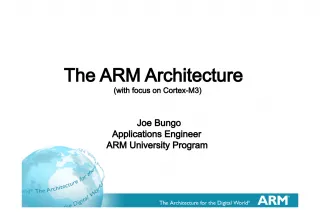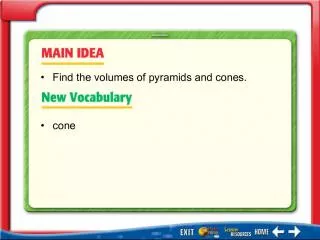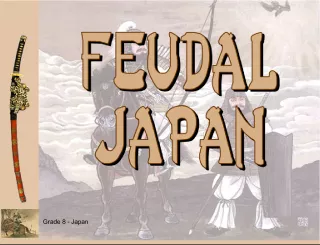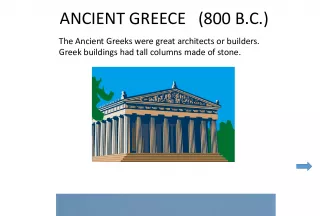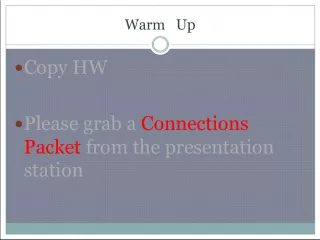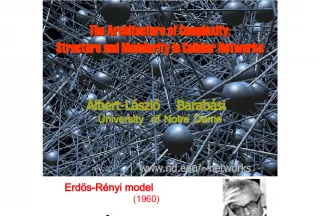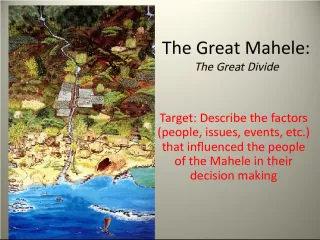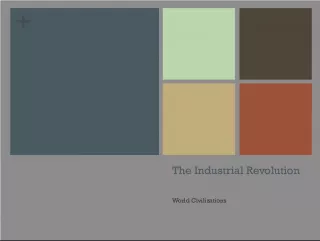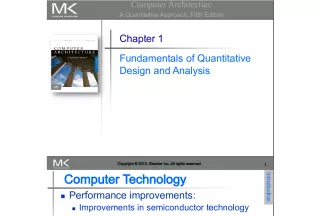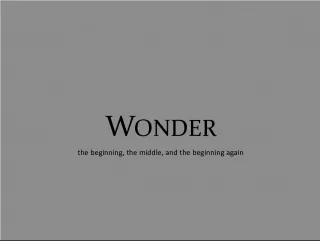Exploring Architecture Through The Great Pyramids At Giza


Discover the ancient art of architecture through the Great Pyramids at Giza, which sheltered people both physically and spiritually from the raw elements of the unaltered world. We'll explore the building techniques that were used, including post-lintel construction with horizontal beams laid across open spaces between vertical supports. You'll learn about the limitations of this method due to lack of tensile strength but also about its compressive strength which allowed it to withstand crushing.
- Uploaded on | 1 Views
-
 clover41
clover41
About Exploring Architecture Through The Great Pyramids At Giza
PowerPoint presentation about 'Exploring Architecture Through The Great Pyramids At Giza'. This presentation describes the topic on Discover the ancient art of architecture through the Great Pyramids at Giza, which sheltered people both physically and spiritually from the raw elements of the unaltered world. We'll explore the building techniques that were used, including post-lintel construction with horizontal beams laid across open spaces between vertical supports. You'll learn about the limitations of this method due to lack of tensile strength but also about its compressive strength which allowed it to withstand crushing.. The key topics included in this slideshow are Architecture, Great Pyramids, Giza, Post-Lintel, Building Techniques,. Download this presentation absolutely free.
Presentation Transcript
1. Architecture The art of sheltering people both physically and spiritually from the raw elements of the unaltered world Vertical Horizontal
2. Great Pyramids at Giza -2600 BCE
5. Post & Lintel Horizontal beams laid across open space between vertical supports Limited by lack of tensile strength - withstands bending Has compressive strength- withstands crushing
10. Columns Columns- consist of a shaft, base, capital Fluting- may be carved vertical lines on the shaft Base- may be none, stepped, or elaborately stepped Capital- uppermost section, transition from top of column to lintel
11. Greek Architectural Orders Doric Order- simple shaft, no base, curved shape supporting a squared capital Ionic - shaft with fluting, rests on stepped base, carved scrolls on capital called volutes Corinthian - most complex, fluted column rests on a detailed, stepped base with carved, stylized acanthus leaves on the capital
12. Doric
15. Ionic
17. Corinthian
19. Arch Construction Stresses transfer outward from center (keystone) to legs: does not depend on tensile strength of materials Round- Roman Horseshoe- Moorish Lance- pointed, Gothic Ogee arch
20. Arch types
21. Arch Construction Perfected by the Romans by 2 nd c. BCE Can define large spaces because the stress is transferred from the keystone to the legs Keystone- wedge-shaped central stone in the arch; it is inserted last & locks the other stones in place Vault- arched masonry structure that spans an interior space
22. Joined Arches Arcade - a series arches placed side by side Tunnel vault- half-round arch extended in depth, arches placed back to back to enclose space Groin vault- formed by the intersection of two barrel vaults of equal size at right angles Ribbed vault- tunnel or groin vault in which the lines marking the diagonal intersection of the vaults are reinforced with raised masonry Dome -arch rotated 360 degrees on its vertical axis
32. Arch Supports Buttress- reinforcement to the legs of an arch to prevent them from caving outward Flying Buttress- buttress designed to overcome bulk of stone by accomplishing structural ends that were light in appearance
35. Contemporary Structural Systems Cantilever- overhanging beam or floor supported only at one end Bearing wall- the wall supports itself, the walls and the roof Skeleton frame-a framework supports the building, the walls attach to the frame forming an exterior skin
42. Variations Skeleton frame 1. Balloon construction : When the framing utilizes wood, as in house construction 2. Steel cage construction : When the metal forms the frame, as in skyscrapers
44. Building Materials Stone- post & lintel; also combined with mortar or brick & mortar, called masonry Concrete- pre-cast concrete (cast in place using wooden forms around steel) Ferro-concrete (reinforced concrete) Wood- balloon framing or post & beam Steel: steel cage, cantilever Steel suspension (bridges, superdomes, aerial walkways) Geodesic dome
45. Stone
46. Masonry
47. Concrete
48. Pre-cast Concrete
49. Wood
50. Steel
51. Steel Suspension
52. Common Terms Line, forms, repetition Materials, texture Balance Scale & proportion Color Light Space: how do the forms (walls, ceiling, stairs, entries, roof) enclose the space
53. Architectural Considerations Structural system Context- the environment. How does the example relate to the physical environment in contrast to or reflective of surroundings Circulation: design and flow of contiguous spaces relative to function Climate- Function- the purpose of the building Dynamics- stability, instability & movement Style- historical reference

